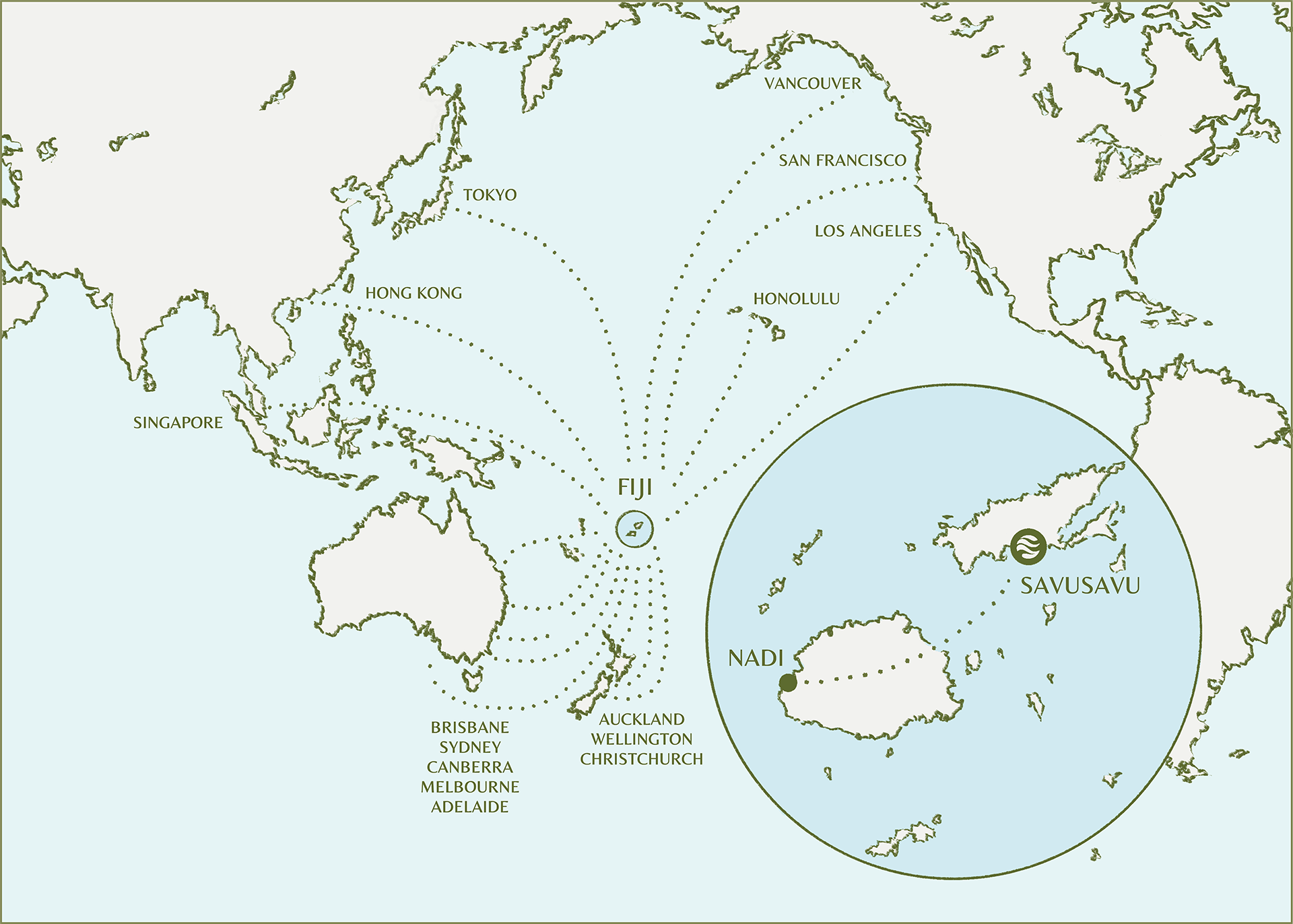STORIES
Pacific Rosewood / Portia Tree
Pacific Rosewood / Portia Tree
Characteristics
Small tree or shrub, up to 10 m tall. Able to grow in various soil types of coastal environments, including soils derived from sand, limestone and basalt. Heartwood dark reddish brown.
Distribution
| Native to the “Old World” tropics. Today pantropical, found on coasts around the world. Introduced to Pacific Islands from Southeast Asia in prehistoric times by Austronesians (canoe plant). |
Natural Medical Properties
| Portia tree is often used in traditional medicine, where the bark, root, leaves, flowers and fruits are all used to treat a range of ailments. There has been some research into its properties, which tends to support these traditional uses. The heartwood contains several sesquiterpenoid quinones, including mansonone D and H, thespone and thespesone, which are known to induce contact dermatitis, to inhibit tumour formation and to have antifungal properties.The heartwood and other plant parts contain gossypol.The fruits and leaves contain compounds with antibacterial activity, whereas methanolic extracts of the flower buds have shown antifungal activity. Ethanol extracts of the flower have shown antihepatotoxic activity. Aqueous extracts of the fruit have shown wound-healing activity in rats after topical or oral administration. The seed oil has anti-amoebic activity. The heartwood is carminative. It is useful in treating pleurisy, cholera, colic and high fevers. The fruit juice is used to treat herpes. The crushed fruit is used in a treatment for urinary tract problems and abdominal swellings. The cooked fruit, crushed in coconut oil, provides a salve, which, if applied to the hair, will kill lice. An extract of the fruit is applied to swollen testicles. A leaf tea is taken as a treatment for rheumatism and urinary retention. A decoction of the leaves is used in treating coughs, influenza, headache and relapses in illnesses. The leaf sap, and decoctions of most parts of the plant, are used externally to treat various skin diseases. Juices from the pounded fruits, mixed with pounded leaves are used in a poultice to treat headaches and itches. A decoction of the bark and fruit is mixed with oil and used to treat scabies. A cold infusion of the bark is used in treating dysentery, diabetes, gonorrhoea, yellow urine, and thrush. Indigestion, pelvic infection, dysmenorrhoea, infertility, secondary amenorrhoea, appetite loss, ulcers and worms are also treated with the bark. The inner bark is used to treat constipation and typhoid. The stem is employed in treating breast cancer. Other extracts of the plant have significant antimalarial activity. Leaf and bark decoctions are taken as a remedy for high blood pressure. Seeds are purgative. |
Did you know?
The Portia trees were regarded as sacred in Polynesian culture and were commonly planted in “marae” sites (religious places) along with other trees like Ficus (#26 and #81) or Calophyllum inophyllum (#34).
Literature
World Flora Online
WorldChecklist of Selected Plant Families
A working list of all plant species
SUBSCRIBE
Stay up to date
To stay in touch and be inspired by our latest news & stories from Jean-Micheal Cousteau Resort Fiji, please register your interest.








